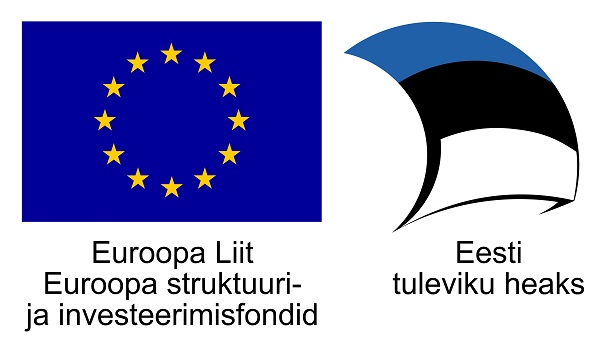Stefan Siegel: Designers have to think globally and act locally
 Öö came to Tallinn for four days 22-26 of November and was it a dream? To have amazing conversations with creatives from around the world and hear their stories. Rarely you get so up close and personal so quick. Or get to tickle your brain and ideas with Inspirational talks by Toby Meadows and Stefan Siegel. Talinn was given the cherries on top.
Öö came to Tallinn for four days 22-26 of November and was it a dream? To have amazing conversations with creatives from around the world and hear their stories. Rarely you get so up close and personal so quick. Or get to tickle your brain and ideas with Inspirational talks by Toby Meadows and Stefan Siegel. Talinn was given the cherries on top.
We decided to ask some more questions from Stefan (www.notjustalabel.com) to share a little what they do and who they are.
Stefan Siegel is the founder of ‘Not Just A Label’ a platform for designers and a world of resources for inspiration. It has over 6000 thousand designers from 88 countries and 16 million (!!!) hits a month. You could call it a design directory for designers of the beaten track. ‘Not Just A Label’ is supporting local and sustainable production and is on its way to having a strong impact on the fashion industry and how it works.
With facts such as: £23 billion spent each year on two million tons of clothing in the UK and 50% of this going to UK landfill. Studies show that clothes bought on the high street are worn an average of only 4 times before being thrown away.
Places such as NJAL are becoming ever important in the task to change the industry. By supporting small designers, hand made pieces and in that way going against the throw away culture in clothing.
1. What was your inspiration behind ‘Not Just a Label’ and what made you start it?
The idea behind NOT JUST A LABEL was conceived in 2007, when I saw that young designers were using social networking platforms that didn’t cater to fashion to launch their latest collections. That’s when I realized there needed to be a way for designers to communicate their visions in the digital sphere with out having to pay high fees for dubious service. Form my kitchen table in Shoreditch, 4 of us designed the platform, keeping in mind that it should be easy to navigate for designers as well as for press, stylists and buyers.
2. Where will you see NJAL being in the next few years?
I see NJAL as allowing every designer around the world to grow their business from where they are and to promote local and sustainable production, while at the same time connecting to a global market, and to promote slow fashion globally. This is where I see NJAL flourishing within the next few years.
3. What is your working method for NJAL and the method for growing it and what would be your advice for people starting their companies now?
To designers first starting their own label, the best advice I can give is to know your brand. That means having a business plan, knowing where you want to go with your brand, who you’d like to market it to, and how you’d like to carry this out. We also encourage designers to think globally and act locally. Your own community may offer more than you think in terms of setting up a business. Once you have done that, the next step is to promote your brand on a global scale.
4. What is your criteria for choosing the designers/artists for NJAL and is there a message you are also aiming to bring out (for example sustainability, slow design etc)?
When scouting, the NJAL team looks for designers who stand out, designers who innovate, designers who are so forward thinking they don’t quite fit the norm (Black Sheep). We encourage designers not to hold back. Make your craziest ideas into a reality, break the mould and push boundaries. We also want our designers to combat fast fashion and use sustainable materials by creating pieces that are timeless.
5. Over the years, what has been a memorable moment with NJAL or a brand that has been involved with you?
In Tallinn, after a lecture, a designer came over and said she couldn’t thank me enough for making her realise that there are other people in the world who think like she does. That’s quite a good compliment; to connect likeminded people around the world and give them hope that what they are creating, what they are doing, is something that is appreciated.
Source: Estonian Design Center





